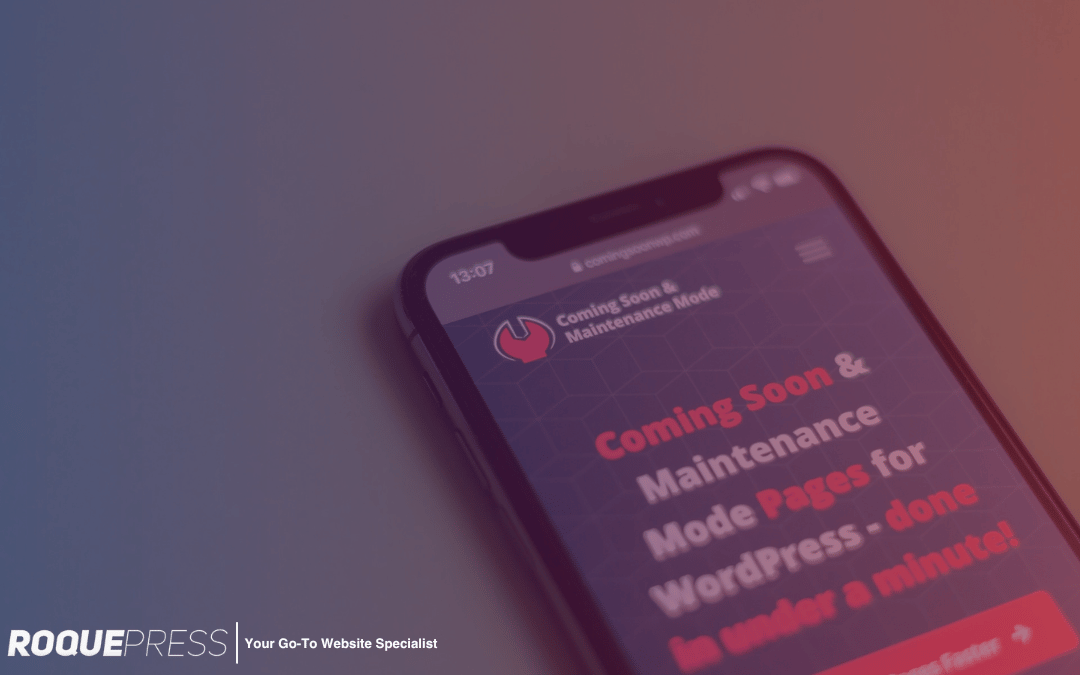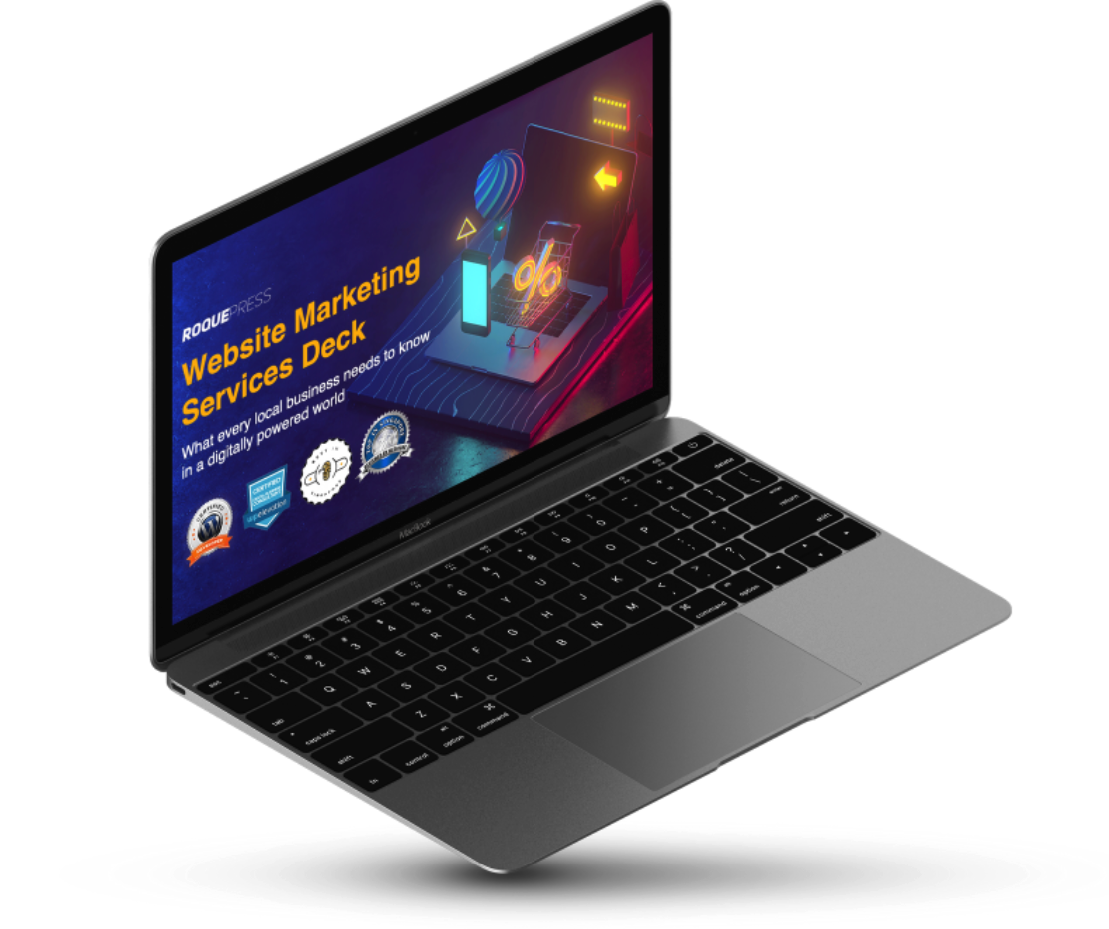As the number of smartphone users continues to grow, it is more important than ever for websites to deliver an optimised mobile experience. Recognising this shift in user behaviour, Google has introduced mobile-first indexing, which means that it prioritises mobile versions of websites when ranking them in search results. In light of this development, ensuring your WordPress website is mobile-friendly and adheres to mobile-first indexing guidelines is critical for enhancing your website’s user experience and improving your search engine ranking.
Mobile-first indexing means that Google predominantly uses the mobile version of your website’s content for indexing and ranking purposes. If your site does not offer a mobile-optimised experience, it may suffer in terms of search engine rankings, user engagement, and conversion rates. Given that over half of all web traffic is generated via mobile devices, it is essential to ensure that your WordPress website is fully optimised for mobile users, providing them with the same seamless experience they would get on desktop devices.
This guide will walk you through the key elements of mobile-first indexing readiness, including assessing your current mobile performance, the importance of responsive design, tips for optimising your site’s mobile speed and user experience, and best practices for maintaining mobile-first SEO. By implementing these strategies and partnering with an experienced WordPress agency like Roquepress, you can fully prepare your website to adapt to the mobile-first indexing landscape, ensuring optimal user engagement and search engine performance.
Assessing Your Current Mobile Performance
Before embarking on the journey to optimise your website for mobile-first indexing, it is vital to assess its current mobile performance. There are various tools available that can help you evaluate your site’s mobile-friendliness, such as:
1. Google’s Mobile-Friendly Test: This tool allows you to test individual URLs and provides suggestions for improving mobile usability.
2. Google Search Console: In the Search Console, you can access the Mobile Usability report to identify and fix issues affecting your site’s mobile experience.
3. PageSpeed Insights: This tool offers insights into your site’s page load times on both mobile and desktop devices, along with recommendations for improving performance.
By undertaking a thorough assessment of your website’s mobile performance, you can identify problem areas and develop a clear plan for optimising your site for mobile-first indexing.
The Importance of Responsive Design
Adopting a responsive design – one that automatically adjusts in accordance with a user’s screen size and orientation – is critical in today’s mobile-first landscape. Responsive design allows your website to provide a seamless experience across various devices, ensuring that users can easily access your content regardless of their device preference. Key benefits of embracing a responsive design for your WordPress website include:
1. Enhanced User Experience: By presenting your content in a format that is easy to navigate and read on various devices, you create a more enjoyable and user-friendly experience.
2. Improved SEO Performance: Google’s algorithms consider mobile-friendliness as a significant ranking factor. Implementing a responsive design can, therefore, boost your site’s search engine rankings.
3. Increased Conversions: A responsive website that caters to different devices ensures a user’s needs are met, ultimately resulting in higher conversion rates.
Optimising Your Site’s Mobile Speed and User Experience
Mobile users are often browsing on the go, and as such, expect a fast, streamlined website experience. Mobile page loading times are another ranking factor considered by Google, making site speed optimisation crucial for mobile-first indexing readiness. Here are some tips to help you optimise your WordPress site’s mobile speed and overall user experience:
1. Opt for a Lightweight WordPress Theme: Choose a theme with minimalistic, lightweight design elements that can load quickly on mobile devices.
2. Compress and Optimise Images: Use image compression tools and adopt file formats such as WebP that offer superior compression and quality characteristics compared to traditional formats like JPEG and PNG.
3. Implement Lazy Loading: Utilise lazy loading techniques to defer loading images and other media until users scroll down the page, thereby improving initial load times.
4. Minify and Combine CSS and JavaScript Files: Minify and combine your website’s CSS and JavaScript files to reduce their size and streamline the overall loading process.
5. Implement Browser Caching: Configure browser caching to store static files on users’ devices, reducing the time taken to fetch resources during subsequent visits.
Maintaining Mobile-First SEO Best Practices
Even with a responsive design and optimised mobile speed in place, it is essential to maintain mobile-first SEO best practices to ensure seamless user experience and continued high search engine rankings. Here are some key mobile-first SEO recommendations:
1. Metadata Consistency: Ensure the metadata, such as titles, descriptions, and canonical tags, is consistent across both mobile and desktop versions of your website.
2. Structured Data: Implement structured data markup on both mobile and desktop versions of your site to improve search engine understanding and enable rich search results.
3. Avoid Intrusive Interstitials: Interstitials that obstruct content on mobile devices can result in Google penalties. Focus on non-intrusive user engagement techniques, such as compact banners and floating action buttons.
4. Optimised Navigation: Make sure your site’s navigation is mobile-friendly and easily accessible, enabling users to find the information they seek with minimal clicks.
Conclusion
Preparing your WordPress website for mobile-first indexing is crucial in today’s increasingly mobile-driven digital ecosystem. By assessing your site’s current mobile performance, implementing a responsive design, optimising mobile speed and user experience, and maintaining mobile-first SEO best practices, you can create a website well-suited for the mobile-first indexing era. Partner with Roquepress, the leading web agency in Singapore, to unlock your website’s full potential in this ever-evolving landscape and provide your users with an exceptional experience that sets you apart from the competition.




